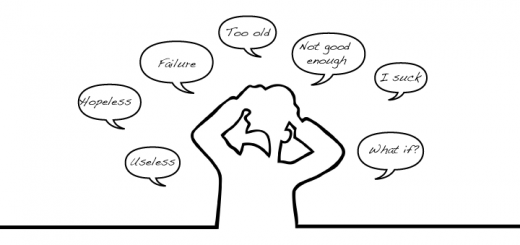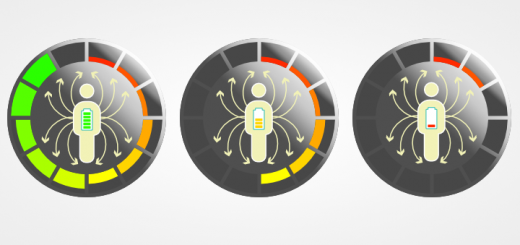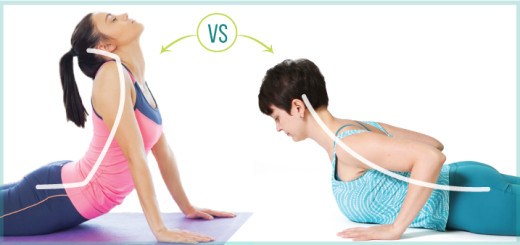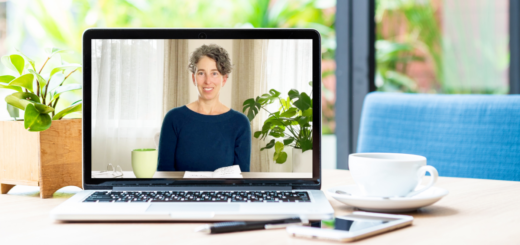Revise your body story and give your practice meaning with Nyasas
0Humans have used body movements and hand gestures to tell stories and facilitate particular psychological states since the beginning of time. For example, Hawaiian hula dance was meant to promote fertility and honor the gods; nihon buyo, a traditional Japanese dance embodies the essential qualities of beauty, simplicity, space and light; haka, a ceremonial Maori dance, represents a display of a tribe’s pride, strength and unity. What kind of story does your body movement tell nowadays? What kind of mental state does it facilitate? Adding symbolic gestures and movements to your yoga practice can help revise that story, give it meaning, and help you heal.
In yoga, nyasas (symbolic hand and body gestures) are used to place a mantra (sacred message) into our bodies. They serve as a bridge between physical, mental and spiritual dimensions. There are some traditional nyasas, like Kara Nyasa and Hrdaya (Anga) Nyasa that you can try. But you can also add your own gestures to your yoga practice to absorb any message that is meaningful to you.
You are probably doing it already. If you touch the ground with your fingertips in Standing Forward Bend and say mentally “I am stable, I am at ease”, you are using a nyasa-like gesture of touching the ground with a mantra to cultivate the sense of stability and support. If you bring your arms out on the inhale and then touch your hands to your heart and chant OM as you exhale, while cultivating a sense of spaciousness in your heart center, you are doing a practice with nyasa-like gestures and bridging multiple dimensions of your system.
Adding symbolic gestures to your practice makes it more personal, more intimate, more internalized, even if you are doing it in a yoga class. In a class, it can also facilitate a sense of community and joint purpose. In private yoga sessions, we often spend time to find a gesture (or series of gestures) that feels meaningful to a specific student and helps them achieve a mental and spiritual state that is healing for their ailments.
Nyasa-like gestures can be done in a sequence to tell a story. For example, you can start by draining unwanted energy from your body by touching the ground and imagining the downward flow of inky liquid in Standing Forward Bend, while mentally chanting “let go”; then you can reach up to heavens, opening yourself up to new fresh energy in Mountain pose while mentally repeating “open up”; then you can imagine taking that new energy in and storing it inside like a container in Tree pose, while mentally saying “take in”. Then your whole practice becomes akin to traditional symbolic dances.
You can also repeat the same gesture and the same mantra throughout your practice in different poses to reinforce the message. For example, you can first cultivate the image of light and then touch your hands to your belly, your chest and your forehead, symbolically illuminating the seat of your personal power (your belly), the seat of love and connection (your heart), and the seat of your intelligence and insight (your head). You can repeat this gesture in Vajrasana, Virabhdrasana, and other poses. A yoga practice below uses a similar series of gestures to purify those three areas and balance your emotions. You can add a mantra of your choice to intensify the effect of the practice.
Adding nyasa-like gestures to your yoga practice infuses it with meaning and turns it into a ritual. According to the yoga tradition, personal rituals are essential in connecting to the deepest layer of our human system, Anandamaya, the layer of joy and bliss. Personal rituals don’t need to be elaborate or grand, they just need to have meaning that is uniquely yours. Next week yoga teacher and yoga therapist Emily Olson will share her insights about morning rituals – tune in!
[jetpack_subscription_form]



















